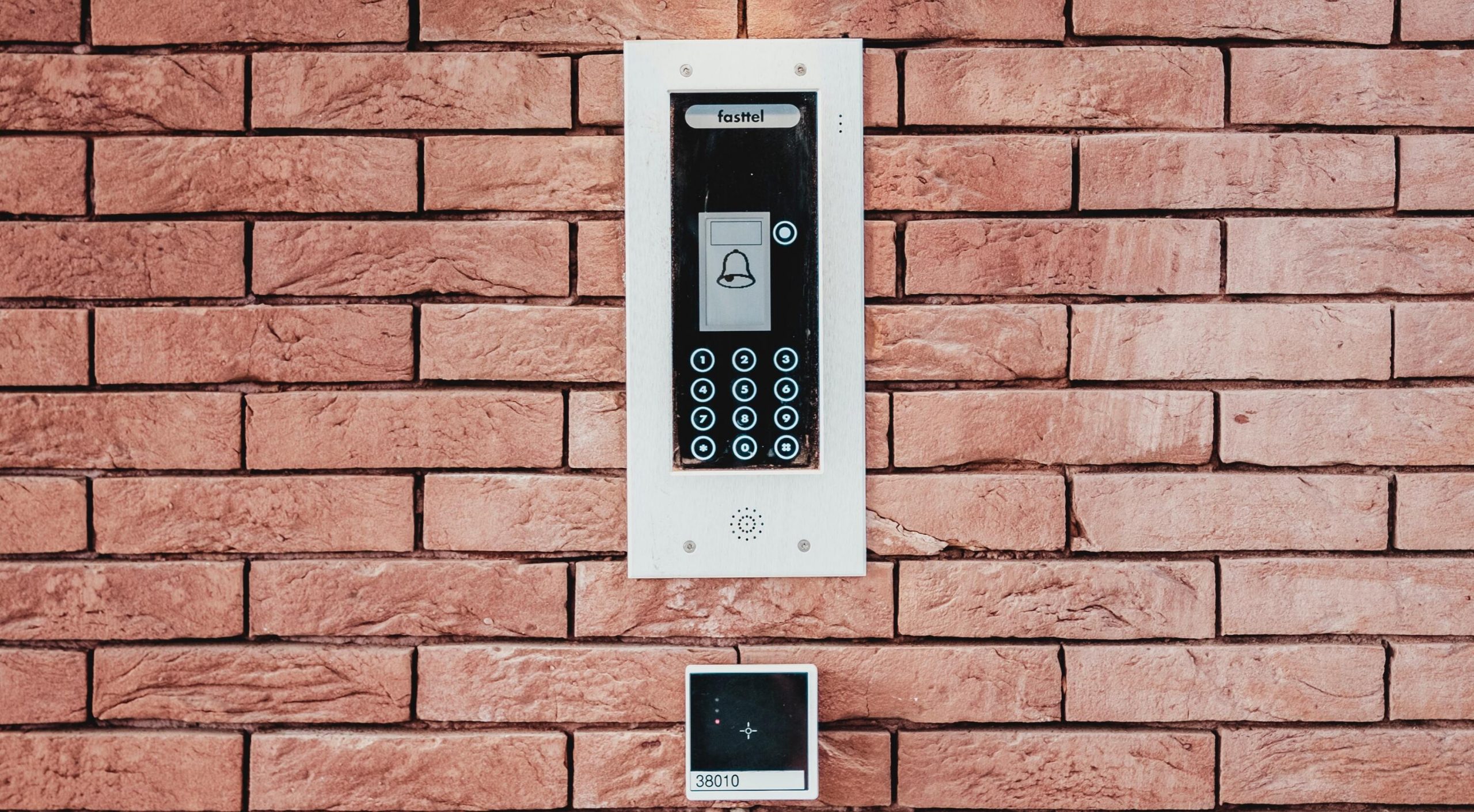Do you know what a “mouse jiggler” is? Your most innovative employees do. It is not a device to shake a rodent in a cage. It is a small USB device that sends random mouse movements to a computer.
Who would want such a thing? Employees subjected to tracking software, that’s who. With the mouse moving, the software will record “productivity.” The pandemic led to a boom in surveillance tech, euphemistically called “employee productivity software.” As workers return to the office, that tech is not removed from corporate laptops. But workers are pushing back, in accordance with Newton’s Third Law of IT systems: Whenever the organization implements a policy, the employees will implement an equal and opposite workaround.
Techno-optimists keep trying to replace humans with technology. There are some places where that works. Replacing human leadership with surveillance technology is one of the places where this strategy doesn’t work.










